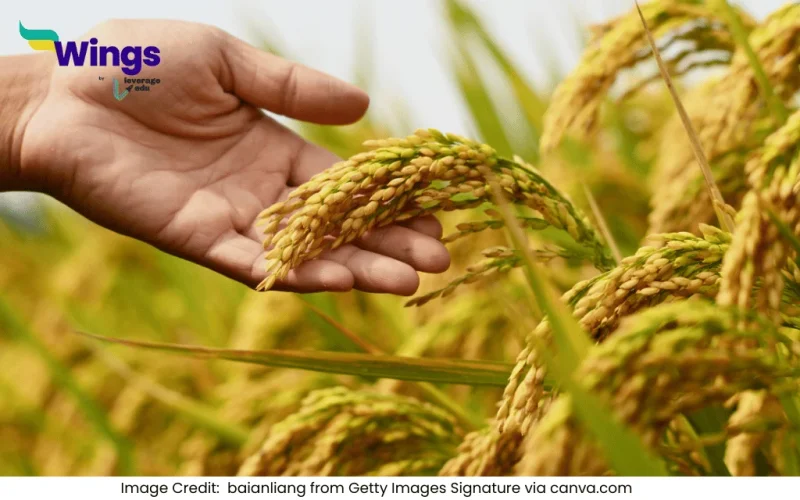Rabi crops grow from October and November time period. October and November! Rabi crops, also known as winter crops, are an integral part of agriculture in many countries, especially in regions with a distinct winter season. The growth cycle of these crops is specific to certain climatic conditions and time periods, which makes their cultivation highly seasonal.
Rabi crops are typically sown in the winter season, usually between October and November, and are harvested in the spring season, around March and April. This time frame is specific to countries with agricultural seasons, such as India. The cool and dry winter season provides the ideal conditions for Rabi crops to germinate and grow.
Key Characteristics of Rabi Crops
- Sowing Time: The seeds are sown right after the monsoon rains end, taking advantage of the residual moisture in the soil.
- Growing Season: The crops grow during the cooler winter months, requiring minimal irrigation due to the presence of dew and low evaporation rates.
- Harvesting Time: As temperatures rise in spring, the crops mature and are ready for harvest.
Examples of Rabi Crops
Common Rabi crops include:
- Wheat: The most significant Rabi crop, widely cultivated for its role as a staple food.
- Barley: Another cereal crop grown in winter, often used for animal fodder and brewing.
- Mustard: An oilseed crop that thrives in the cool winter climate.
- Peas: A popular legume grown as a Rabi crop, known for its nutritional value.
- Gram (Chickpeas): A protein-rich pulse crop that matures during the spring harvest.
Climatic Conditions for Rabi Crops
Rabi crops require a cool climate for growth and a warm climate for harvesting. Hence, Rabi crops grow from October and November time period. The absence of excessive rainfall during the growing period is crucial, as too much moisture can harm these crops. Regions with well-distributed winter rainfall, like northern India, are ideal for Rabi crop cultivation.
The time period for Rabi crops, spanning from October-November (sowing) to March-April (harvesting), underscores the significance of seasonal planning in agriculture. These crops, thriving in winter’s cool and dry conditions, are vital for food security and economic sustainability in agricultural regions. Understanding their growth cycle helps ensure optimal yields and efficient farming practices.
Common Doubts
 60,000+ students trusted us with their dreams. Take the first step today!
60,000+ students trusted us with their dreams. Take the first step today!


 One app for all your study abroad needs
One app for all your study abroad needs










